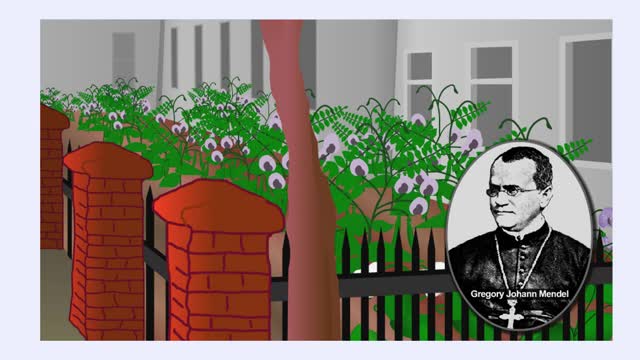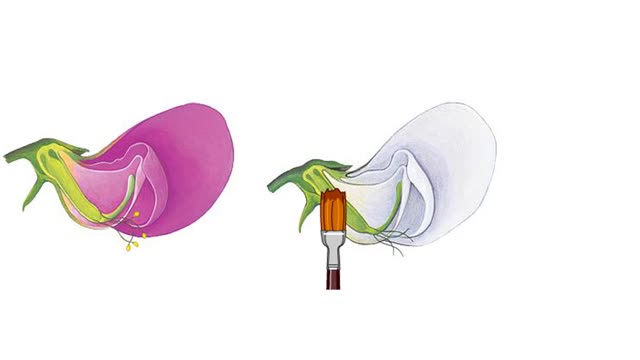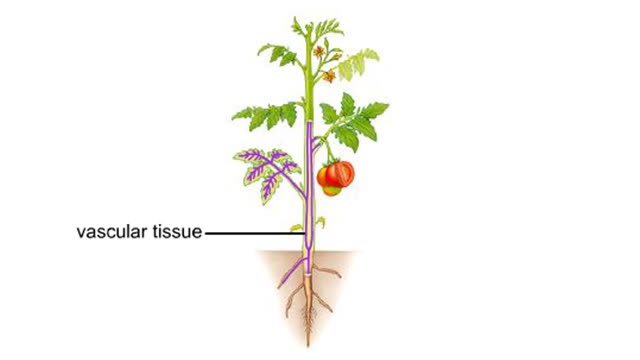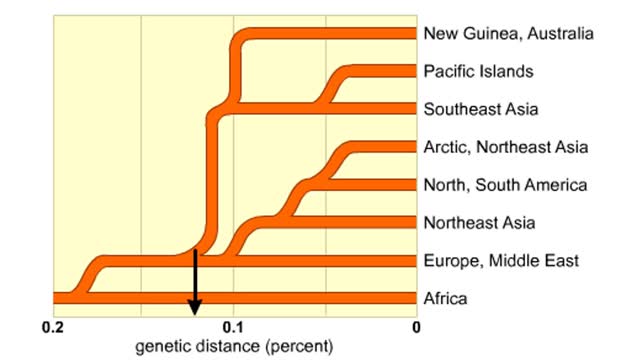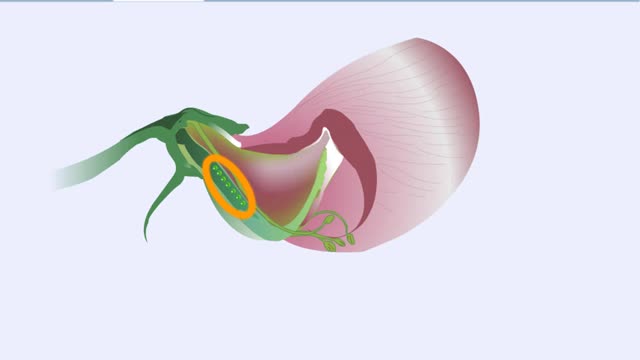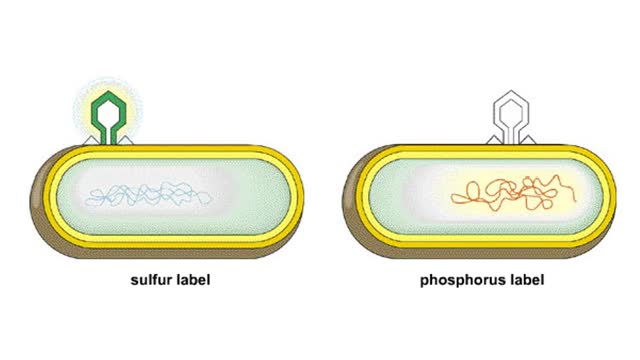Search Results
Results for: 'Experiments in Plant Hybridization'
Mendel's Principles of Inheritance (Father of Genetics)
By: HWC, Views: 9328
Gregory Johann Mendel, a monk living in the mid-1800's, is known as the "Father of Genetics" for his experiments with pea plants in the abbey garden. These experiments led him to deduce the fundamental law of genetics. Mendel was an Augustinian friar who entered, in 1843, the Abbey of St. Thom...
Mendel's pea plant, Pisum sativum experimental
By: HWC, Views: 7521
Mendel chose the garden pea plant, Pisum sativum, for experimental tests of his ideas about inheritance. Under normal circumstances, the garden pea plant is self-fertilizing. This cross-section shows the gamete-forming structures. Sperm-producing pollen grains form in the stamens. Eggs deve...
By: HWC, Views: 4190
The bulk of the plant body is comprised of ground tissue. Vascular tissue threads through the ground tissue. It distributes water, solutes, and organic substances through the plant body. Dermal tissue covers and protects the surfaces of the root and shoot systems.
Genetic distance between human groups
By: HWC, Views: 6482
One proposed family tree for modern humans. This family tree is based on nucleic-add hybridization studies of many genes and immuno-logical comparisons. Branch points show presumed genetic divergences. This data indicates that the greatest genetic distance separates humans native to Afri...
By: HWC, Views: 9080
Sugar snap peas were common garden plants during Mendel's lifetime and many varieties undoubtedly grew in the abbey gardens. An avid gardener. this is where Mendel first made observations about pea plants. He noticed that certain characteristics of peas were passed from generation to generation. ...
Transferring genes into plants Animation
By: HWC, Views: 7074
Researchers extract DNA from an organism that has a trait they want to introduce into a plant. The genetic donor can be a bacterial cell, a plant cell. or even an animal cell. The desired gene will be transferred into a plasmid, a small circle of bacterial DNA. The gene is cut out of th...
Plant Defense Mechanisms from Pathogens
By: HWC, Views: 9103
Plants and pathogens have coevolved such that pathogens can recognize plants by the sugars, or other molecules, they produce. Plants, in turn, can recognize pathogens by the molecules they produce. The ability to recognize pathogens allows plants to activate defense systems that can prevent wides...
By: HWC, Views: 6768
Hershey and Chase knew that T4 bacteriophages consist of proteins and DNA. They asked which viral component must enter a bacterial cell to infect it: DNA or protein? They grew viruses with either radioactive sulfur, which labels the viral protein, or radioactive phosphorus, which labels DNA. ...
The Pressure Flow Model in a Plant
By: HWC, Views: 8981
The vascular system of plants has two transport tissues, called xylem and phloem. Xylem transports water and minerals, while phloem transports a variety of dissolved substances, including sugars and amino acids, throughout the plant. Water in the xylem always moves up, in the direction from th...
Advertisement



